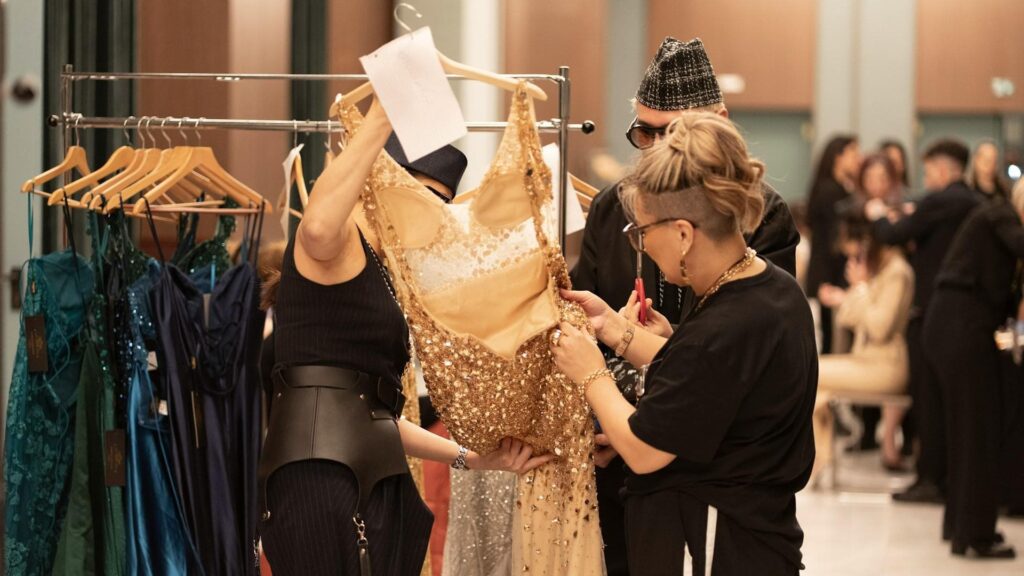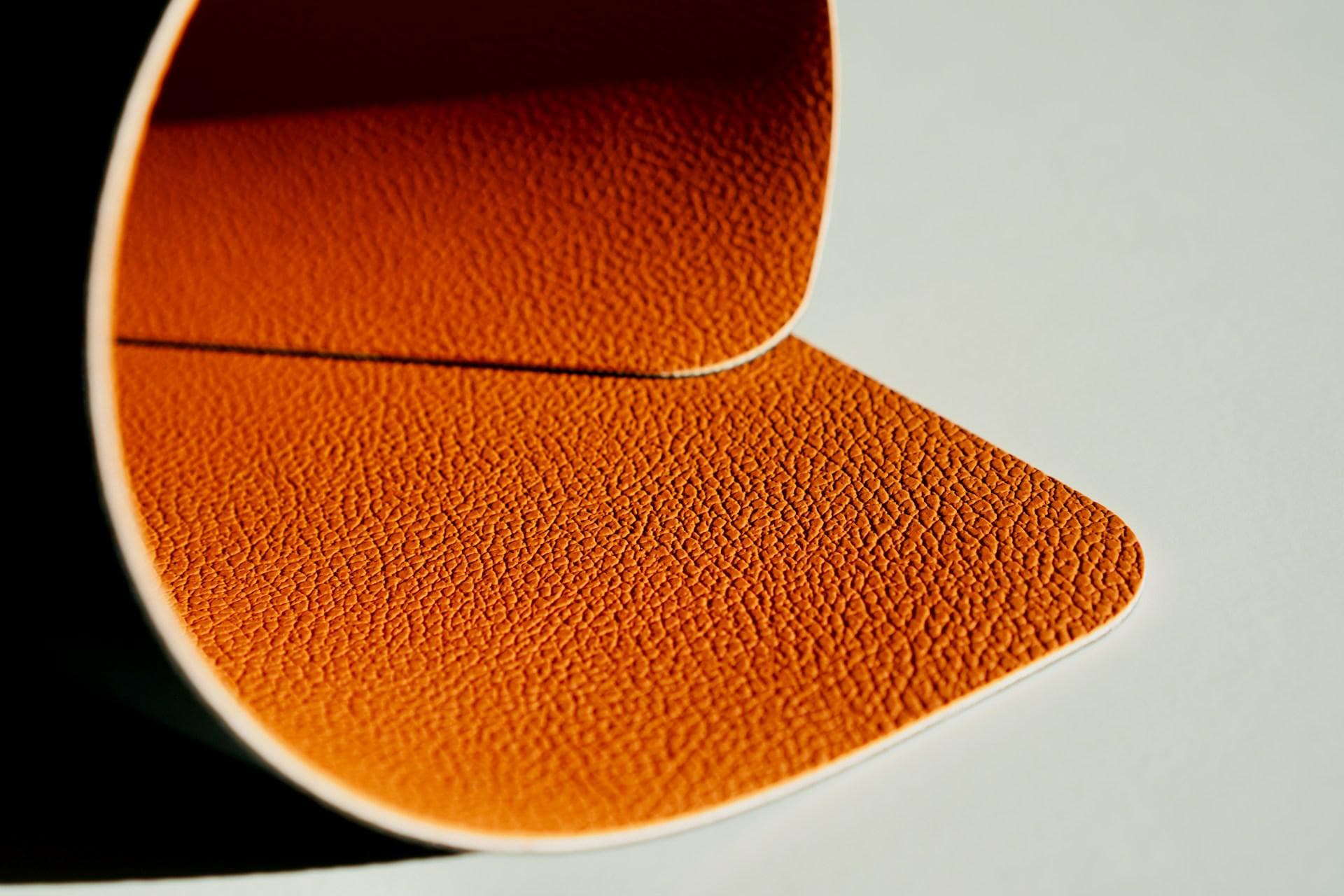The Cultural Relevance of Leather Exhibitions
Leather exhibitions are more than just trade fairs. They function as cultural spaces where tradition meets innovation, where ancient tanning methods coexist with futuristic techniques, and where designers reimagine timeless classics for a contemporary audience. Events like the Leather & Style Expo bring together artisans, luxury houses, and buyers, all seeking inspiration in full-grain leather, top-grain leather, nubuck leather, and suede leather creations.
The growing interest in vegetable-tanned leather reflects the movement toward sustainable fashion, while the popularity of chrome-tanned leather shows how speed and flexibility still dominate the global market. These exhibitions provide an invaluable look into not only the materials themselves but also the philosophies driving the industry forward.
Showcasing the Essence of Craftsmanship
Each exhibition is a curated display of human creativity. Walking through the aisles, one can see structured handbags that emphasize precision, messenger bags balancing style and function, or a travel duffel that carries both practicality and elegance. Small leather goods like wallets, passport covers, and pouches demonstrate how even the smallest pieces benefit from meticulous design.
Beyond the surface beauty, exhibitions give space to discuss deeper qualities: fiber structure, breathability, leather durability, and abrasion resistance. These terms are not just technical jargon; they define how a product will perform over decades. Leather is not simply worn—it is lived with. That is why the unique transformation of leather patina is a recurring topic in panel discussions.
Essays on Finishes and Aesthetic Directions
Special forums and essays presented during these events dive into leather finishing methods. Attendees learn about aniline leather that reveals every natural mark, semi-aniline finish that combines beauty with stain resistance, and pigmented finish that ensures uniformity and high-performance protection. Some essays address corrected-grain and split leather, while others demystify the broad and sometimes misleading term genuine leather.
The aesthetic direction of these discussions always points toward balance: finding the line where durability meets artistry, where natural character is preserved yet enhanced for modern life. This is why such exhibitions are seen as think tanks, not just sales platforms.
Trends Emerging in 2025 Exhibitions
Leather & Style events consistently set the tone for what designers and consumers will gravitate toward. Several trends define the current cycle:
- Return to Naturalism: A preference for vegetable-tanned leather and visible leather patina, showing authenticity.
- Performance Enhancements: Use of finishes that improve stain resistance and abrasion resistance without sacrificing elegance.
- Textural Diversity: Blending nubuck leather and suede leather with full-grain leather to create layered aesthetics.
- Luxury Functionality: Bags that balance beauty with practicality, such as messenger bags that remain stylish but laptop-ready.
Interestingly, exhibitions often feature cross-industry partnerships. For example, lifestyle brands sometimes collaborate with fashion houses, and even unconventional niches like gaming or online promotions integrate their presence. One creative showcase highlighted digital experiences, paired with an enticing offer such as a 500% deposit bonus casino campaign, to emphasize how consumer engagement expands beyond physical products.
Care Rituals and Consumer Education
Exhibitions also dedicate space to teaching proper leather care. Demonstrations show how a nubuck brush keeps the surface even, while a suede brush restores softness. Workshops highlight the importance of using a waterproofing spray to prolong the life of delicate bags. This educational aspect emphasizes that beauty and longevity go hand in hand.
Organizers understand that consumers no longer want to simply buy luxury—they want to maintain it. As a result, sessions on care rituals are often packed, and attendees leave with practical knowledge to preserve small leather goods and larger statement pieces alike.
Global Highlights and Industry Impact

Exhibitions as Market Influencers
Leather & Style exhibitions not only celebrate craft but also influence global market dynamics. When top-grain leather is spotlighted in structured tote collections, it signals increased demand. When aniline leather is shown in high-fashion editorials, it inspires competitors to follow. These highlights ripple through retail, affecting consumer preferences and production pipelines.
The spotlight on chrome-tanned leather in vibrant colors demonstrates how certain tanning methods dictate seasonal palettes. Meanwhile, the enduring popularity of vegetable-tanned leather reassures purists who want heritage aesthetics. The balance of old and new is a defining highlight of such global showcases.
From Local Artisans to International Luxury Houses
Another remarkable highlight is the diversity of participants. Exhibitions give equal space to local craftsmen working with split leather or corrected-grain for budget-friendly products, and to luxury brands crafting timeless pieces from full-grain leather and nubuck leather. This coexistence strengthens the ecosystem by acknowledging every layer of the market.
In essays and roundtables, designers argue that genuine leather should not only be seen as a marketing phrase but as a category with nuances worth understanding. By uniting different players under one roof, exhibitions encourage transparency, innovation, and knowledge-sharing.
Education Through Hands-On Experience
One of the most effective aspects of exhibitions is hands-on interaction. Visitors are encouraged to touch materials, compare breathability between aniline leather and coated finishes, or examine the fiber structure of full-grain leather. Feeling the subtle resistance of nubuck leather or the softness of suede leather deepens appreciation for craftsmanship.
Sessions where attendees try brushing with a suede brush or applying waterproofing spray to a sample pouch transform theory into practice. This interactive approach ensures that knowledge about leather durability is no longer abstract but embodied in real, tangible learning.
A Platform for Dialogue and Inspiration
Ultimately, these exhibitions function as platforms of dialogue. Writers publish essays, artisans share stories, and fashion leaders highlight upcoming shifts. The layered narratives of sustainability, luxury, and innovation intertwine with consumer expectations.
The result is a collective rethinking of leather not just as a material but as a cultural icon. By blending tradition with modern care techniques, exhibitions keep leather relevant in a rapidly changing fashion landscape.
